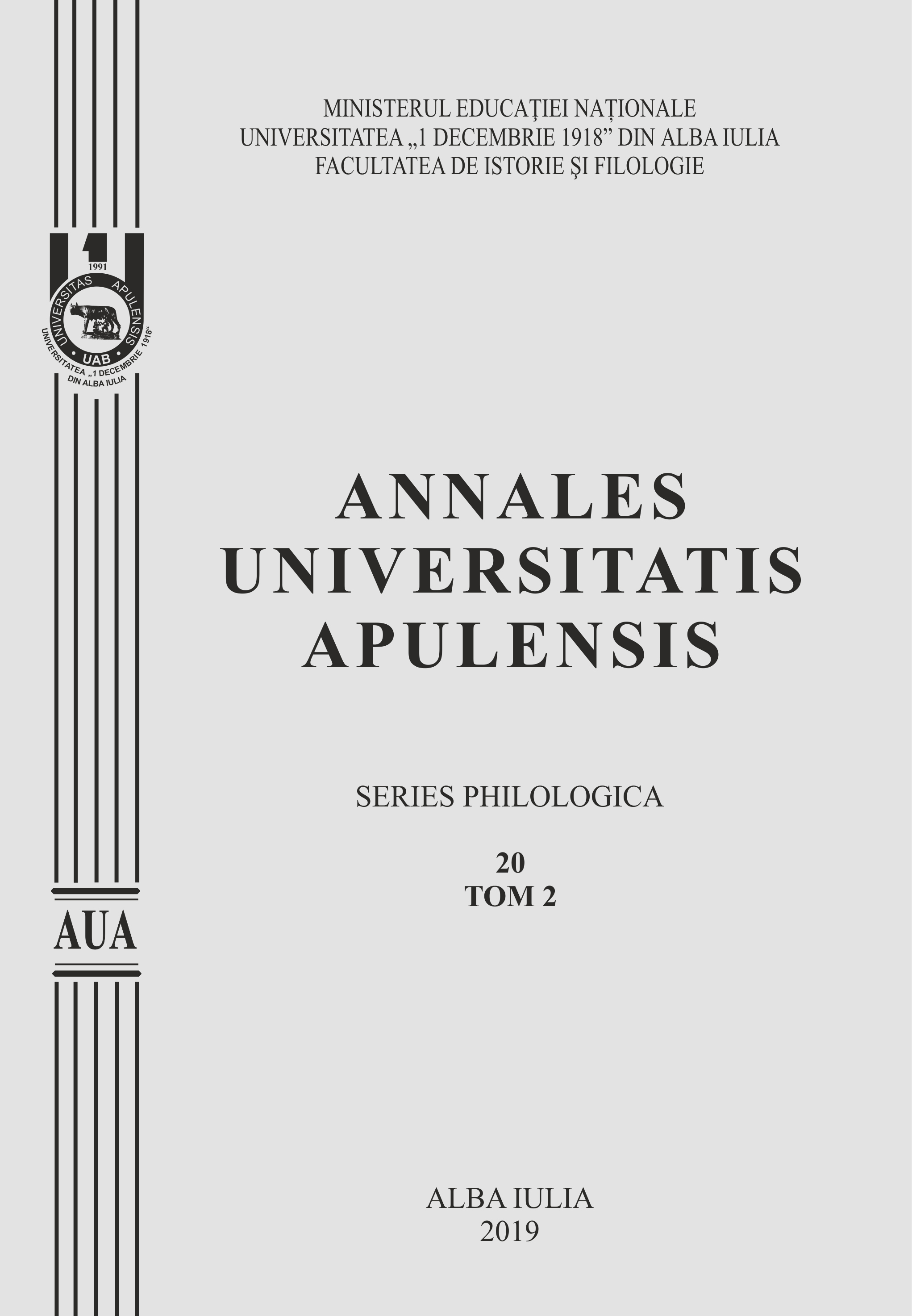HIGH-END DECADENTS AND POÈTES MAUDITS, A REPRESENTATION OF CENTRAL AND PERIPHERAL IDENTITIES IN MODERNIST LITERATURE (II)
HIGH-END DECADENTS AND POÈTES MAUDITS, A REPRESENTATION OF CENTRAL AND PERIPHERAL IDENTITIES IN MODERNIST LITERATURE (II)
Author(s): Petru Ștefan IonescuSubject(s): Language and Literature Studies, Studies of Literature, Comparative Study of Literature, British Literature
Published by: Universitatea »1 Decembrie 1918« Alba Iulia
Keywords: Victorianism; Modernism; culture; mainstream; periphery;
Summary/Abstract: In the second part of the paper I shall discuss the context, reasons and causes that helped create such a powerful reaction of rejection of the common cultural and artistic values towards the end of the 19th century and in the early 20th century in the literary and artistic world of England. Following the eternal principle of action and reaction, the decadents and modernists were reacting to several doctrines on life and art that appeared and flourished during the Victorian Age. Philosophic conceptions like Utilitarianism – one of the most powerful driving forces of the social and economic expansion of the time – were dismissed and replaced by the search for absolute beauty in art and life. Consumerism was considered to destroy all beauty and quality in works of art and literature and in people and societies as well. Therefore, a violent reaction was the answer from a few rebel and elitist artists and writers who condemned the false morals and philosophies of their contemporaries challenging them and trying to replace them with ideas about the uselessness of art, hedonism and epicureanism, of a new purpose in the life of the individuals: to be in a continuous search of the pure beauty. That would save them from the ugliness and falseness of the world and uplift them to higher levels of knowledge and understanding. The new views led to efforts of individualisation and differentiation that would culminate in different tendencies in literature and the arts like Decadence, Symbolism, Modernism and ultimately to the split of the cultural expression and consume into high culture and low or popular culture.
Journal: Annales Universitatis Apulensis. Series Philologica
- Issue Year: 20/2019
- Issue No: 2
- Page Range: 125-136
- Page Count: 12
- Language: English

